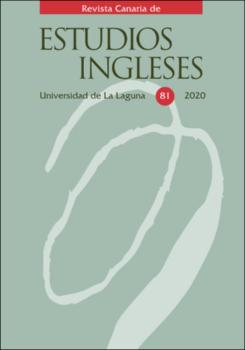The Coatlicue’s State in The Mixquiahuala Letters: A Postmodern Interpretation on How to Reach the Mestiza Consciousness
Abstract
During the Chicana Literary Renaissance of the 1980s, Chicana writers–influenced by the Third World Feminist Movement–revealed new forms of representation of the Chicana experience. While concentrating on the subversive reading of the subject-object duality in Ana Castillo’s novel, The Mixquiahuala Letters (1985), Gloria E. Anzaldúa’s theory of the mestiza consciousness is also reviewed. Castillo represents the mestiza consciousness through her protagonist in a process of self-discovery through the reflection of autohistoria-teoría within the forty letters. The dichotomies of patriarchal ideologies that divide her from the Other are examined through the Coatlicue State, as inflected by such writers such as Julio Cortázar, Anaïs Nin and Miguel de Cervantes. Castillo creates a postmodern hopscotch style novel in which the reader is fundamental to the subversive interpretation of the three reading options (the conformist, the cynical, and the quixotic).



